TL;DR : Is there a C++ implementation of RANSAC or other robust correspondence algorithms that is freely usable with arbitrary 2D point sets?
I know that many implementations exist that include or make use of correspondence algorithms such as RANSAC (Random Sampling Consensus). They are often used in computer vision applications and found in libraries such as OpenCV, PCL, etc. The general algorithm is well known and various site lists the different steps.
Now, all the "advanced" implementations (done for OpenCV, PCL, etc.) I have found are for specific types of problem with an underlying set of assumptions. In OpenCV, you want to find the homography matrix between a first image and a portion of a second image (this example). In PCL, you are in the realm of 3D point clouds and you are (to my knowledge) only able to match specific, already defined shapes (a line, a sphere, etc.).
What I "simply" want to do is to take an arbitrary 2D set of points (which may contain some noise) and find a correspondence in a bigger set of 2D points (which contain some noise and other points too). It has to require no specific model training other than inputting the two sets of points. I am in the process of implementing it myself in C++, but:
I am by no mean an experienced programmer and I need the whole thing to executed quite fast; previous implementation done by myself of well known algorithms (edge detection, Gaussian blurring, etc.) have proven to be significantly slower (>10x) than proven implementation.
Simply ripping off an already existing open source implementation (such as OpenCV's) have proven to be beyond my current capabilities (too much dependencies and virtual implementation-template and else...)
So, if anyone knows of a freely usable (BSD like) and proven C++ implementation that I have missed...

